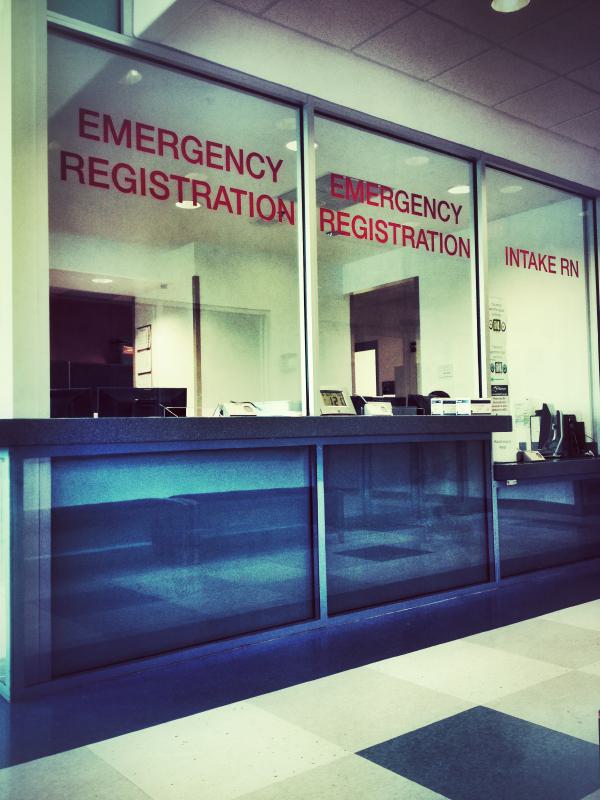Triage Acuity

Emergency department triage is the process of prioritizing patients based on medical acuity. When a patient arrives in the emergency room, he or she is immediately categorized into a triage acuity level from one (immediate care needed) to three (care within four hours). Some hospitals even use a five-level system to determine the patient’s urgency for effective care.
The purpose of triage is to ensure that patients who must wait in the emergency room are stable enough to tolerate the delay in care, and it helps the hospital staff cope with large patient volumes. Less-sick patients can sometimes be sent to a separate waiting area, and some hospitals now have a separate unit to take care of routine (that is, non life-threatening) problems on an expedited basis. Major trauma represents only a small fraction (1%) of the cases in the ER, but they take up an inordinate amount of resources and time of the ER staff.
Most hospitals in PA use the Emergency Severity Index Algorithm (ESI) to rank patients as they arrive in the emergency room. When determining the patient’s trauma level, the triage nurse takes into account whether life-saving intervention is required, whether or not the patient is a high-risk patient or is in severe pain or distress, what resources are required to stabilize the patient, and whether the patient has stable vital signs. Most emergency departments have written protocols or “standing orders” for symptoms like chest pain that can be a harbinger of a serious condition or a benign transient condition to ensure that anyone with symptoms that appear benign is still timely and properly evaluated.
If you have a question about this post or a specific ER situation you or a loved one has encountered, please do not hesitate to contact the firm.

